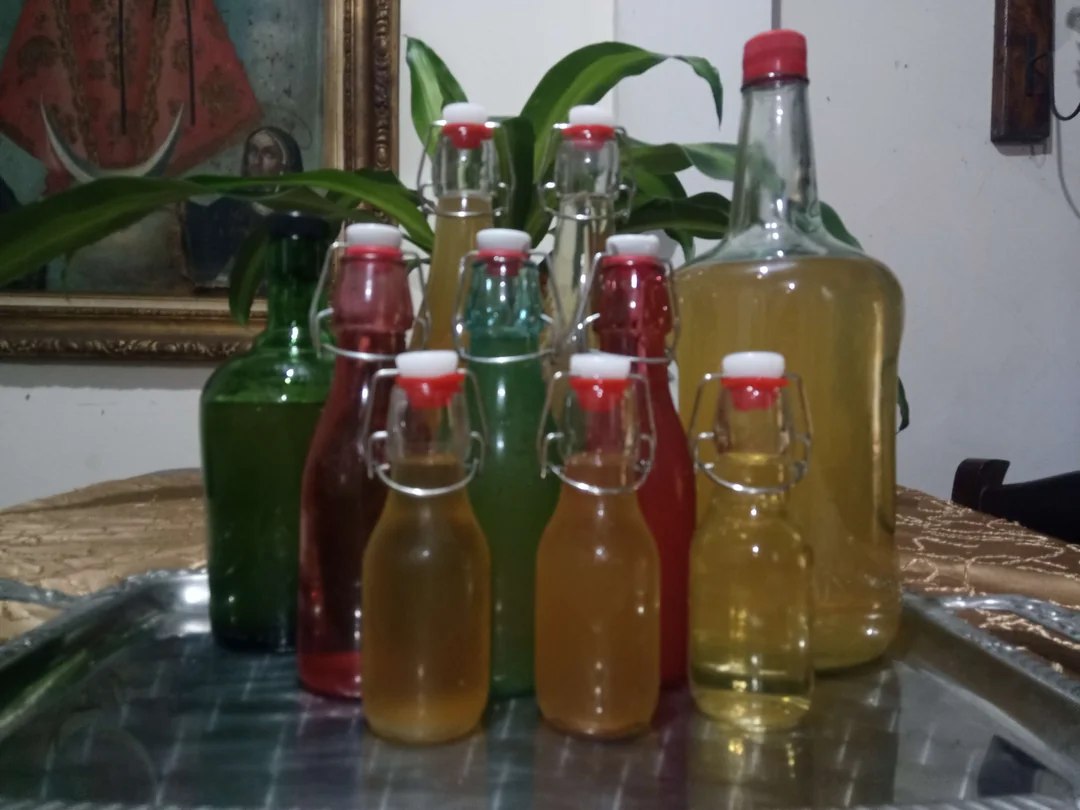Wow, what a project - and an opportunity to get a unique tick on Untappd or Beer Advocate (BA) though I'm not sure the beer style is listed. :) More importantly, I would love to have tried beer that our ancestors drank.
They took this project to be authentic as possible - down to utensils, #barrels, equipment, and open fire to brew. Way beyond what we do with our homebrewing. I checkled thinking of the bag brewing some of us do today, with the process, steps, and all the equipment they used - but how fundamentally the process is very similar.
https://foodcult.eu/exhibition/brewing-historical-beer/
In September 2021, after several years of preparation, the FoodCult team recreated a beer last brewed in the sixteenth century. In Ireland and across early modern Europe, beer was integral to social life and a vital source of nutrition. But up to now we have had little sense of what that beer was like, how strong it really was, and how much energy it provided. By reconstructing the recipes, equipment, and techniques used at Dublin Castle four hundred years ago, FoodCult set out to answer these important questions.
This virtual exhibition will lead you through the project, from the rationale to the reconstruction to the results. It is organized in five chapters, which you can follow sequentially or by clicking on the individual links below.
xposted to /beer & /homebrewing






